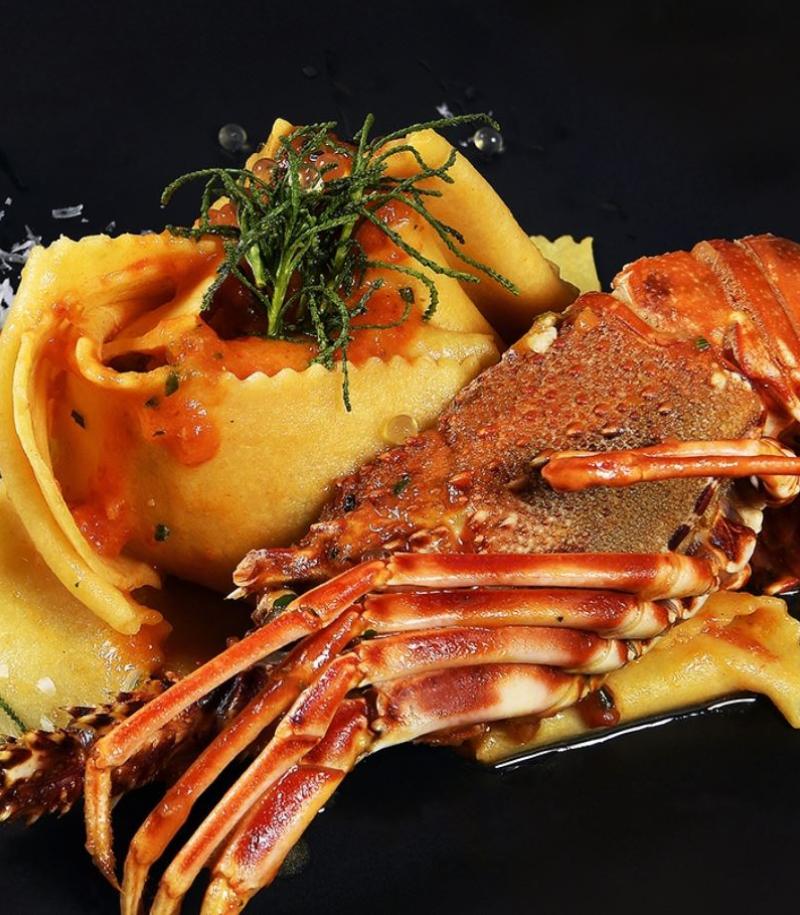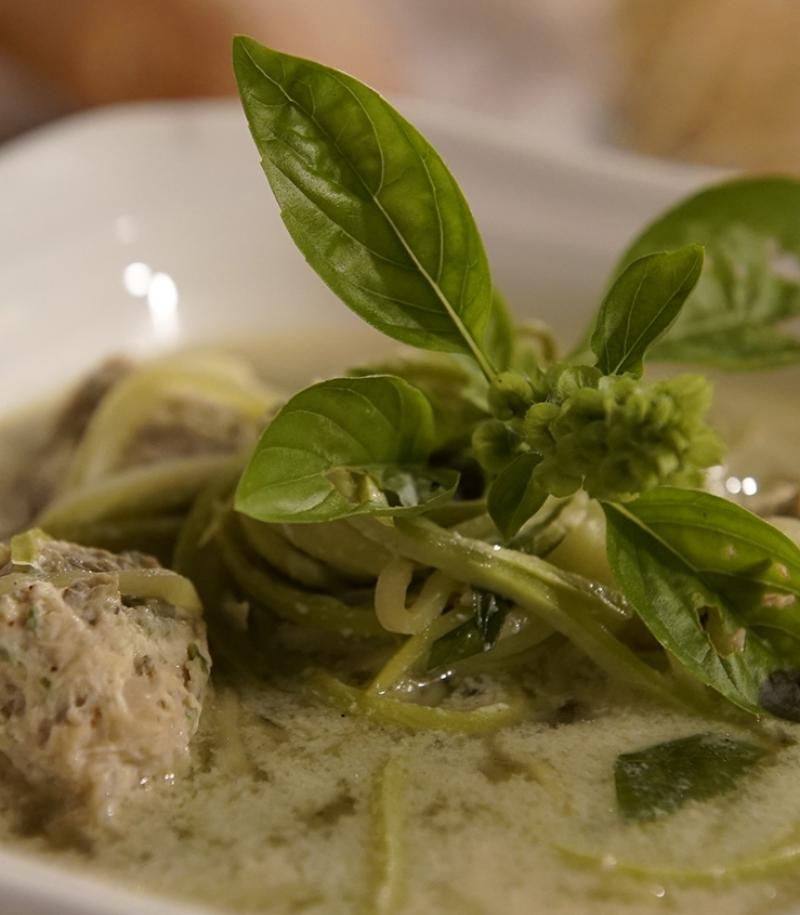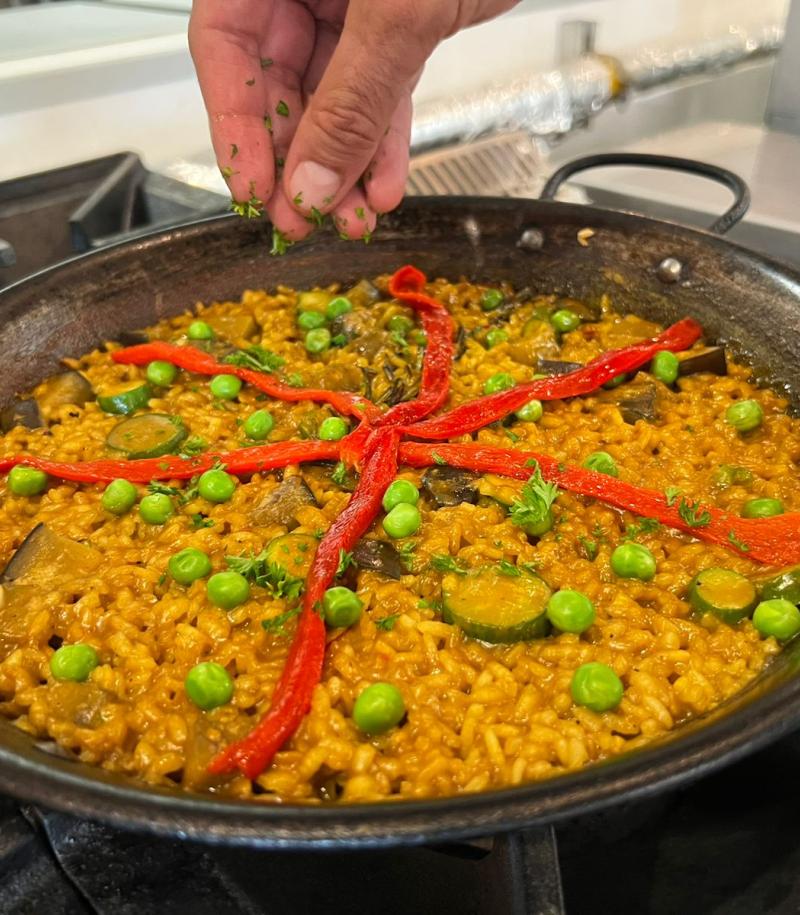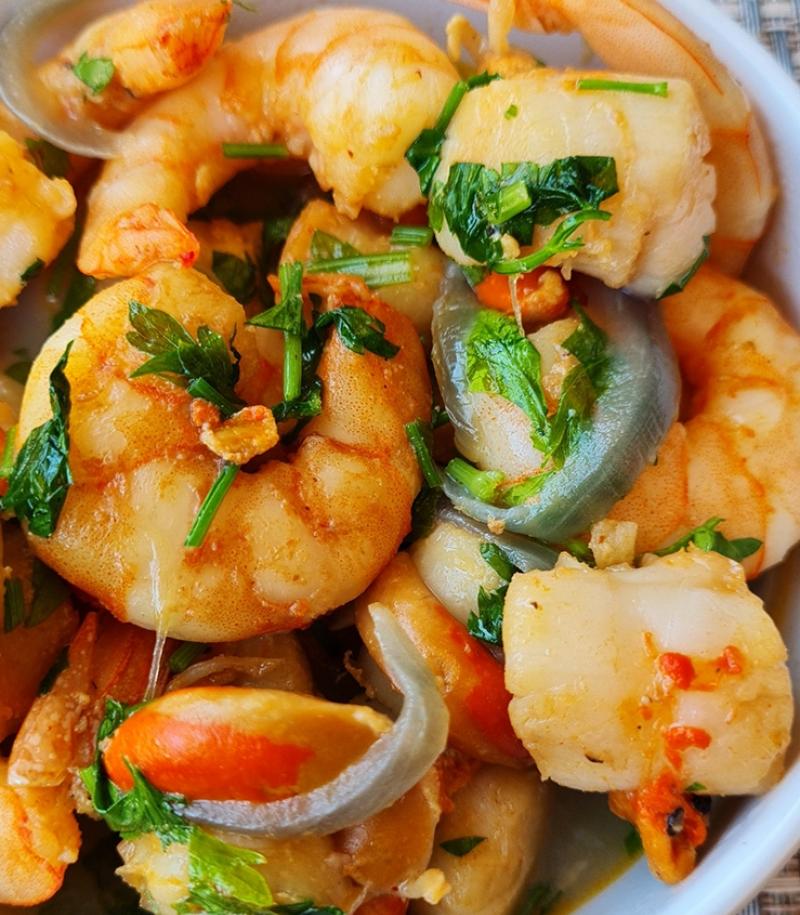
Old-style Bread
Ingredients
INGREDIENTS
1000 g baker
s flour (all-purpose flour)
20 g salt
7 g yeast
790 g iced water
UTENSILS
1 medium-sized bowl
1 measuring jug
1 water dispenser
2 plastic spatulas / scrapers
1 tray
Cling film
EQUIPMENT
1 scales
1 oven.
METHOD
- Mix the flour, salt, yeast and iced water in a medium-sized bowl. Knead until a lump-free dough is obtained.
- Cover the bowl with cling film and refrigerate for 24 hours.
- After 24 hours, remove the bowl from the refrigerator and leave to ferment at room temperature for 3 hours (or until the dough doubles in size).
- Then place the dough on a floured tray and carefully stretch it out into a rectangular shape.
- Sprinkle water on the dough using a dispenser.
- Put the tray in an oven preheated to 250ºC.
- Once the tray is in the oven, lower the temperature to 200ºC and bake for 18 minutes.
LONGEVITY
Longevity 24 hours.
CRITICAL POINT
This dough is rather liquid, so it should only be moved when really necessary. The handling of the dough is perhaps the most critical point in this recipe. This is why we do not make rolls but rather move all the dough directly from the bowl to the tray and shape it using the plastic scrapers or, if not possible, spatulas.
PROFILE OF THE BREAD
Hardy dough, fat-free, direct method (no pre-fermentation used).
No. DAYS PREPARATION: 2
Day 1: 10-15 minutes kneading.
Day 2: hours for fermentation, positioning and shaping; 18 minutes baking.
COMMENTS
The technique involved in making this bread has had a significant influence on the bread industry, and on professional and amateur bakers. Obtaining a bread like that made by an experienced master baker without the need for a dough mixer or professional oven at home was inconceivable. Moreover, making this bread is in itself a lesson as one observes that fermentation is one of the key factors to achieving the perfect bread. More fermentation leads to better flavours, longer shelf life and greater quality of life.The use of cold water, a minimum amount of yeast and cold fermentation together comprise the ideal way to slow down the fermentation of the bread, leading to it having a slightly sweet, milky taste with a hint of dried fruits, in addition to a crunchy crust. And only flour, water, salt and yeast are used.For baker Peter Reinhart, this bread breaches the unknown and shows us that if we continue breaking down bread-making processes, we will reach truly interesting ground and bring top quality baking into the home. In his words, it is as if we were on the edge of the world, right beside the words that used to appear on the old world maps: Here be dragons.





